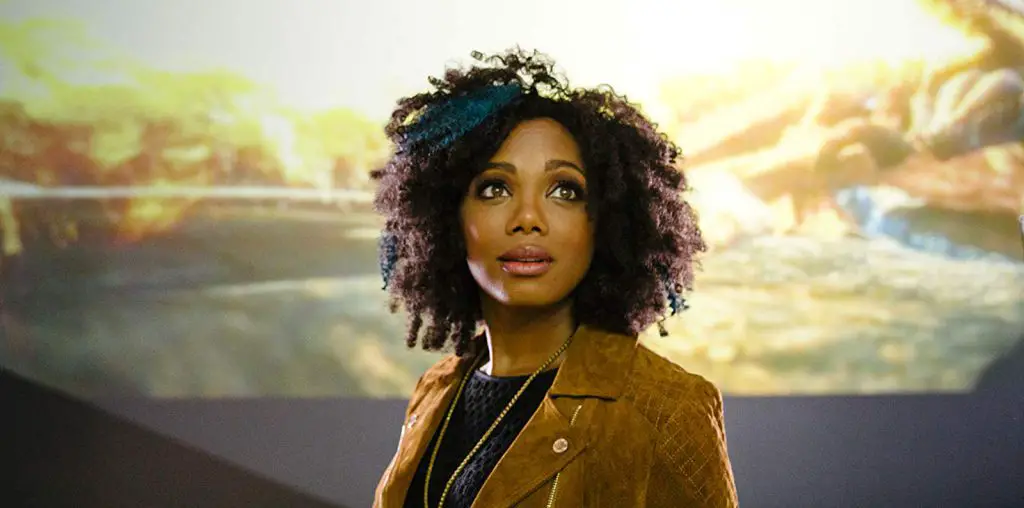
Imagine a satire of a pretentious experimental film out to make a point, made by Harvey Pekar, Jim Jarmusch, and even a small contribution from Weird Al Yankovic. That’s what “Treatise of Human Nature” is, from the name, to the cinematography, to the 20-something guy living at home with his mother, to the large flower with the speaker in it.
Jarmusch and Pekar could have easily collaborated on the opening scenes, where the 20-something’s mother calls for him to go to the post office for her. Dannon Dripps’ cinematography looks like it was influenced exactly from “Stranger Than Paradise”, the same detached feeling, the same film stock most likely. Pekar could have written this part of the story, making a little humor out of the simple half-truths of everyday life. After dropping off the letter in the mailbox, one of his shoelaces rips and he realizes out loud that he has to go to the store to find another one. Looking at rows of shoelaces, he finds a screw on the ground and picks it up, the soundtrack emitting a slow sound that would make dogs bark constantly if it was high-pitched enough. What the screw represents depends on whoever is watching it, but from the standpoint of him looking at the screw, it represents possible luck, and seems so when a girl walks through the store, but is an employee and asks him if he needs any help, prompting a question about shoelaces that only exists because of lack of known logic. It’s amusing because of the real-life nature of the conversation, people out there that might very well ask it.
After, “Treatise of Human Nature” turns into part stalker tale and while wondering what he exactly sees in this girl at the store, he sets out on taking up gardening and renting the apartment near hers. Then Weird Al Yankovic’s part comes in, an enormous flower that you’d expect to appear in one of his music videos some day. It all works because nothing is forced into our minds, as if we have to consider a point a certain way and only understand it from that angle, and it’s poked at in a playful manner. Sometimes, humanity in film doesn’t need to be all that confusing. It makes us wonder why those who try to make a point would make it so complicated, why images flashing by are expected to be absorbed into the brain and analyzed as the individual filmmakers analyze them. Sure the flower and the screw aren’t easily understood on the first viewing and might not be fully grasped on the fourth viewing. At least we, the audience, are treated with enough respect to think about it on our own terms.
